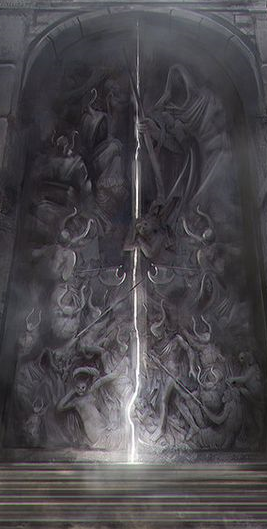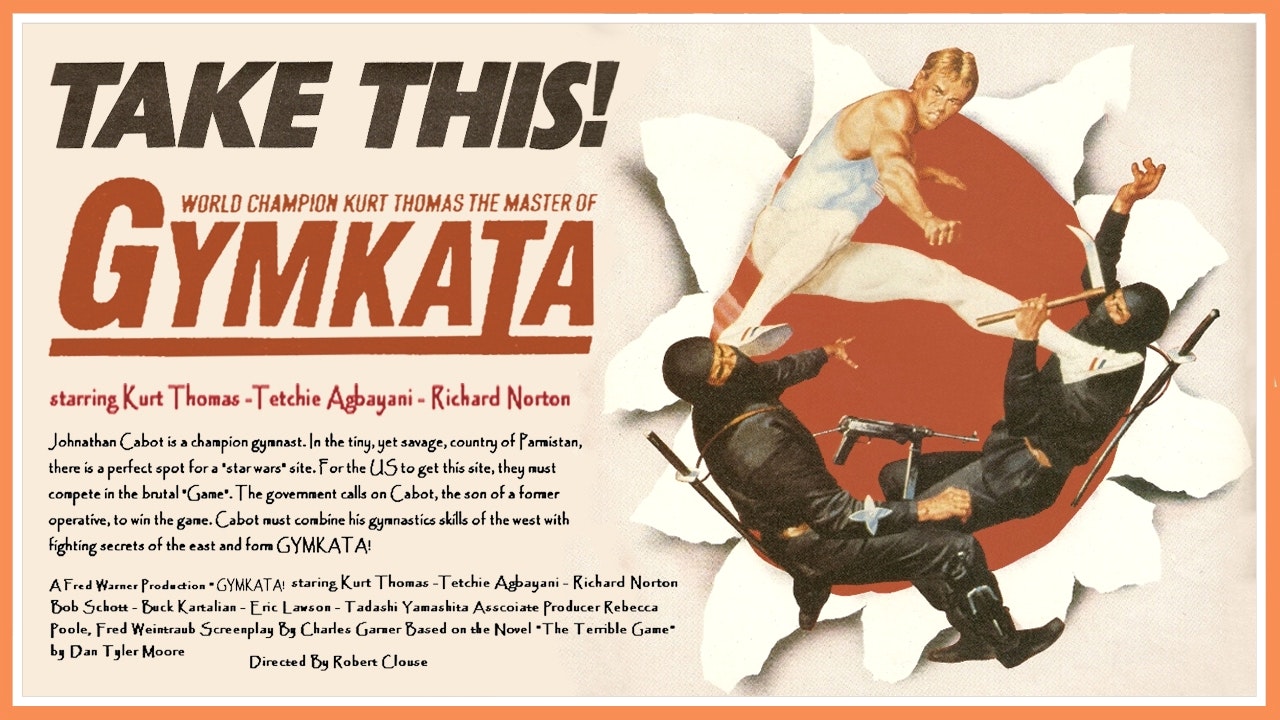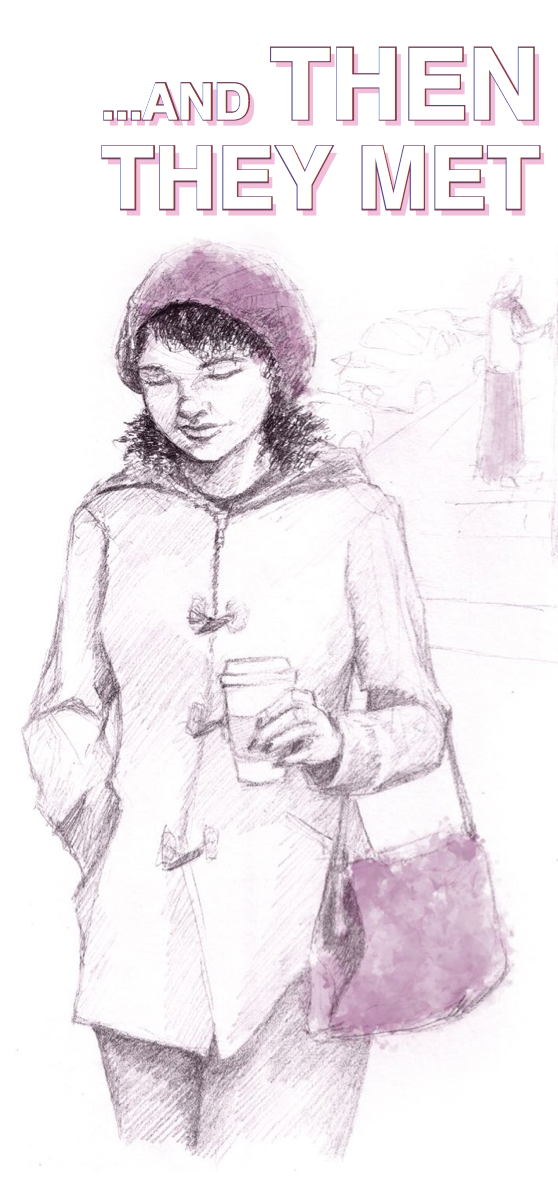I finally finished reading Jason Pitre’s Sig Manual of the Primes. Just now.
tl;dr: I liked what I read; had a couple places I was confused; but overall I’d love to play this sometime.
Overview: You are bashers – adventurers who travel to the multiverse of prime worlds; as well as visiting the Planes of Existence – Elemental, Ideological, and Conceptual; all while making sure the city of Sig doesn’t fall to one faction or another. I recommend reading the first chapter. I skipped it thinking it was “fluff”; and was lost for much of the rest of the book as I couldn’t quite figure out what the characters were supposed to do. If I had read the first chapter, that would have been much more clear.
I also really appreciated the final chapter – wherein Jason gave an example of Chargen, collaborative creation of the setting, and even the “leveling up” procedure. That really crystallized what I had read so far.
Beautiful presentation. I love the sections are in colors, yet it’s subtle. The dense HC book has a solid heft and feel in my hand. I like the purple shoelace bookmark (I’m sure it’s called something else). My Kickstarter reward came with a full-color map of the city of Sig. I really wanted to love the map; and it may be very useful in play – however if it was twice as long, then I could have actually done the half turn and made it into a moebius strip.
About half the book is devoted to the vast setting of the universe of Sig. If you are a fan of Planescape; or any planar D&D adventures; this could be a good fit for you. If you like novels/film/other media about giant cities with myriad cultures – this will be a good fit for you. If you like gritty games with political machinations, investigations, spooky cults, vying factions, inscrutable Powers – then this is definitely a good fit for you.
The universe is made up of 15 planes; infinite Prime worlds; and the city of Sig, that sits between all the multiverse as a nexus. Sig very much resembles the Planescape city of Sigil; which in turn is an homage to the city of Cynosure (Surprised Jason didn’t cite Grimjack as one of the inspirations for the game).
Each of the 15 planes are outlined in the same format, and as a PC, you can come from any of those planes or worlds – or somewhere else. The city of Sig’s main neighborhoods/burroughs are described. And then as stretch goals, Jason got some amazing creators to create Prime worlds – those are worlds or perhaps multi-world cultures that the players can visit and have adventures. Names Guantleteers will recognize like Whitney “Strix” Beltran, Alex Roberts, Elizabeth Chaipraditkul, Kira Magrann, Hannah Schaffer, Emily Griggs, and Renee Knipe.
It’s a rich and dense feeling setting; and yet it doesn’t feel locked down to a “canon”. Feels like there’s a lot of options and places to go visit.
Characters can be made pretty quickly it seems. As long as people don’t get analysis paralysis and try to pick the “best” thing for their character. You pick a name (I like that process), a family, a profession, a faction, some talents, a planar power you are connected to; your attributes (Spark and Smoke); and then important PCs. One place I could see there being more guidance is around talents. You can have between 3-7; and the talents are Common, Broad, or Deep. There’s a tiny bit of guidance for the GM on how to identify if a Talent is Common, Broad or Deep – but I think some additional examples of each would have helped.
Disclaimer – I haven’t played this yet; so I can’t say how this would actually work at table. But until I read the example of play, it wasn’t clear to me how the procedural aspect of the game actually worked.
The game plays very much like a conversation and a sequence of scenes it seems. And while there is a GM, there is a lot of collaboration – there’s even a collaboration phase. As the table discusses what’s happening, the story moves along.
First there’s the scene framing. Players roll either their Smoke or their Spark die. Then based on the result of that, each in order sets the platform (the place the scene is taking place). The next highest die sets the tilt, and the third highest die Asks the question. I think probably the game is best with fewer players – although I’d be interested to hear from folks their experiences with 4+ players.
If at any point any players disagree on where the story goes next, then there’s a conflict. And the rules seem pretty elegant on how to resolve that too. Everybody chooses sides in the conflict; then the main players roll dice; then bonuses are applied; and then a victor is declared, who takes narrative control of the scene. The scene ends when the question is answered.
I love setting up the world and the relationship map. And the character in the middle of it all who means something to every main player character. Ideally, if played IRL, the GM will take that middle character’s index card, rip it up, declare that NPC dead – and that kicks off the game. I LOVE that. It’s a great technique to really get everyone involved right away.
I did miss something though. I inferred that players would have “main” characters and then perhaps “non-main” characters. But I didn’t see any where that explicitly calls that out.
Also, there’s some very basic rules/steps for creating a Prime World(s) – but it looked like the stretch goal worlds were all built on a template; and that template wasn’t followed in the procedure in the book. Feels like there’s a gap there.
Also, there’s a section in Chapter 6 called the Night Market’s Adventure. As I re-read this now, I realize it’s an intro module; and is a nice template for a GM to follow to create their own campaign framework. I think Jason missed an opportunity to be more explicit in his advice for GMs around creating a campaign framework that way – giving GMs the tools to do that.
It’s getting late, so I’ll wrap up by saying I was glad I backed this Kickstarter. I buy a lot more games than I will ever get to the table; but this one is intriguing. I think it will work really well with a group that is willing to work together to create an amazing story; but that is also comfortable with a bit of disagreement on story direction – and are willing to resolve using the rules as written.
I’d be very interested in what the actual gameplay feels like. If any one knows of any podcast APs of this game (non-Youtube), I would definitely listen to a session or two.
http://www.genesisoflegend.com/product/sig-manual_of_the_primes/




